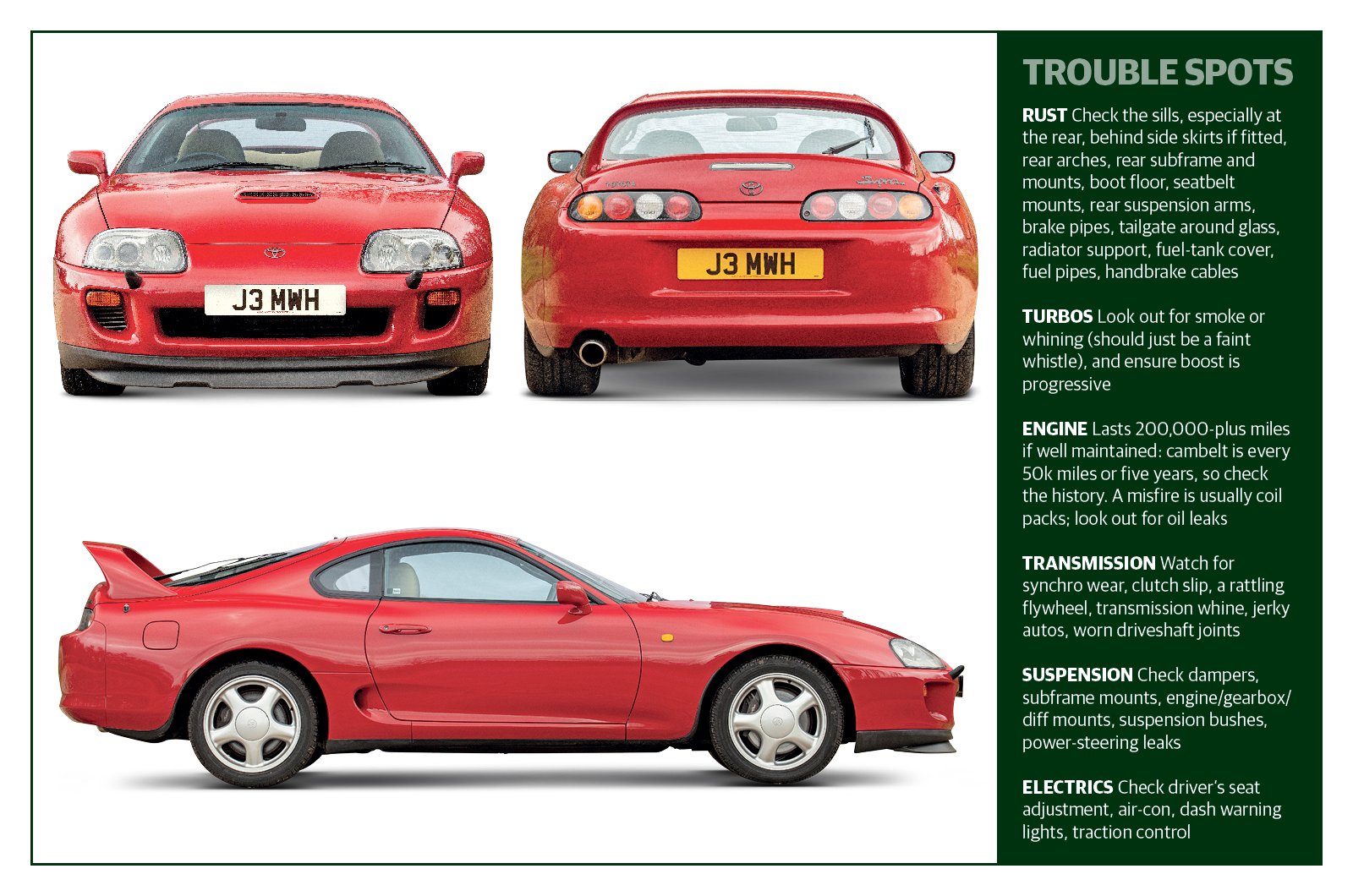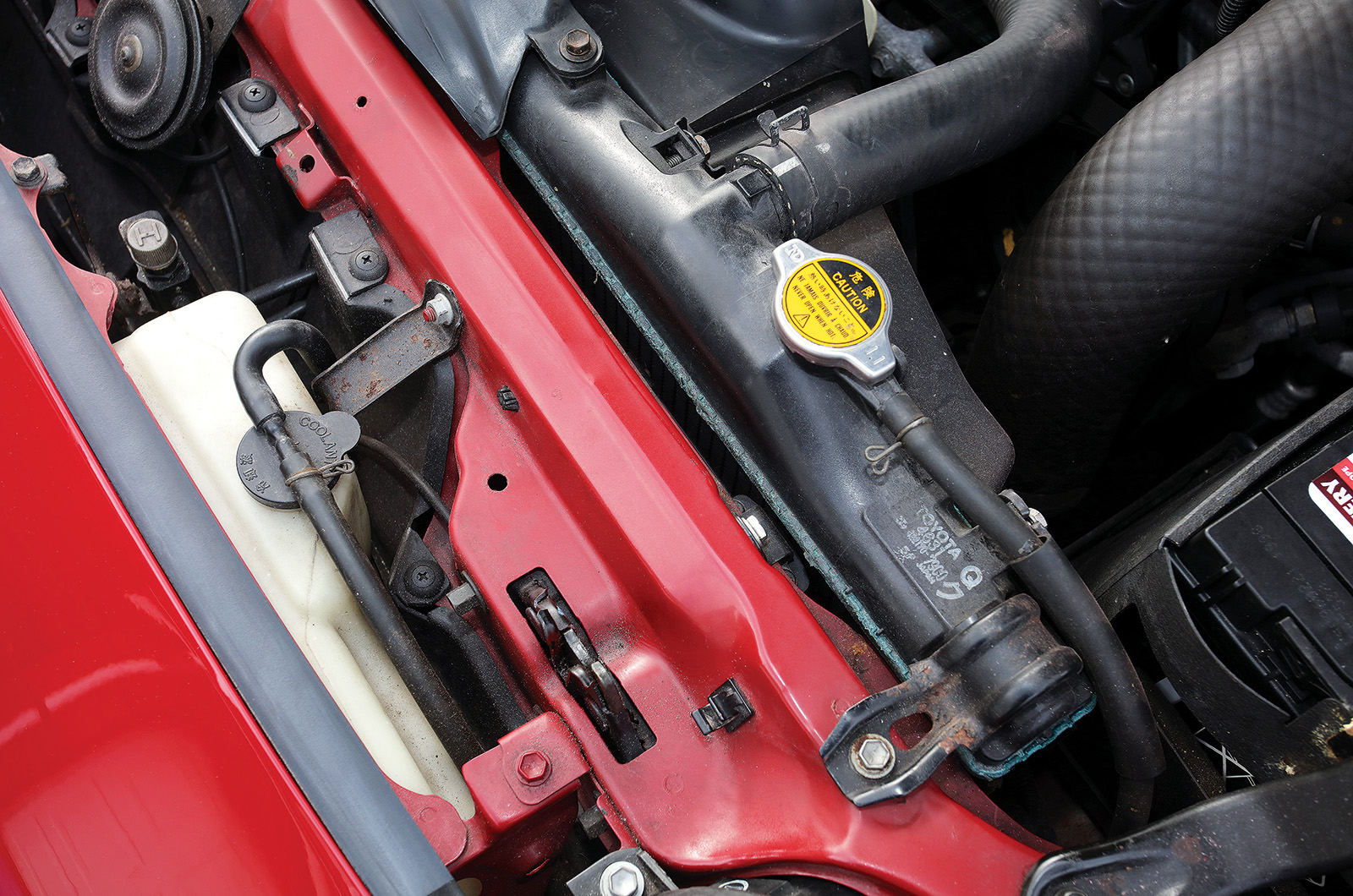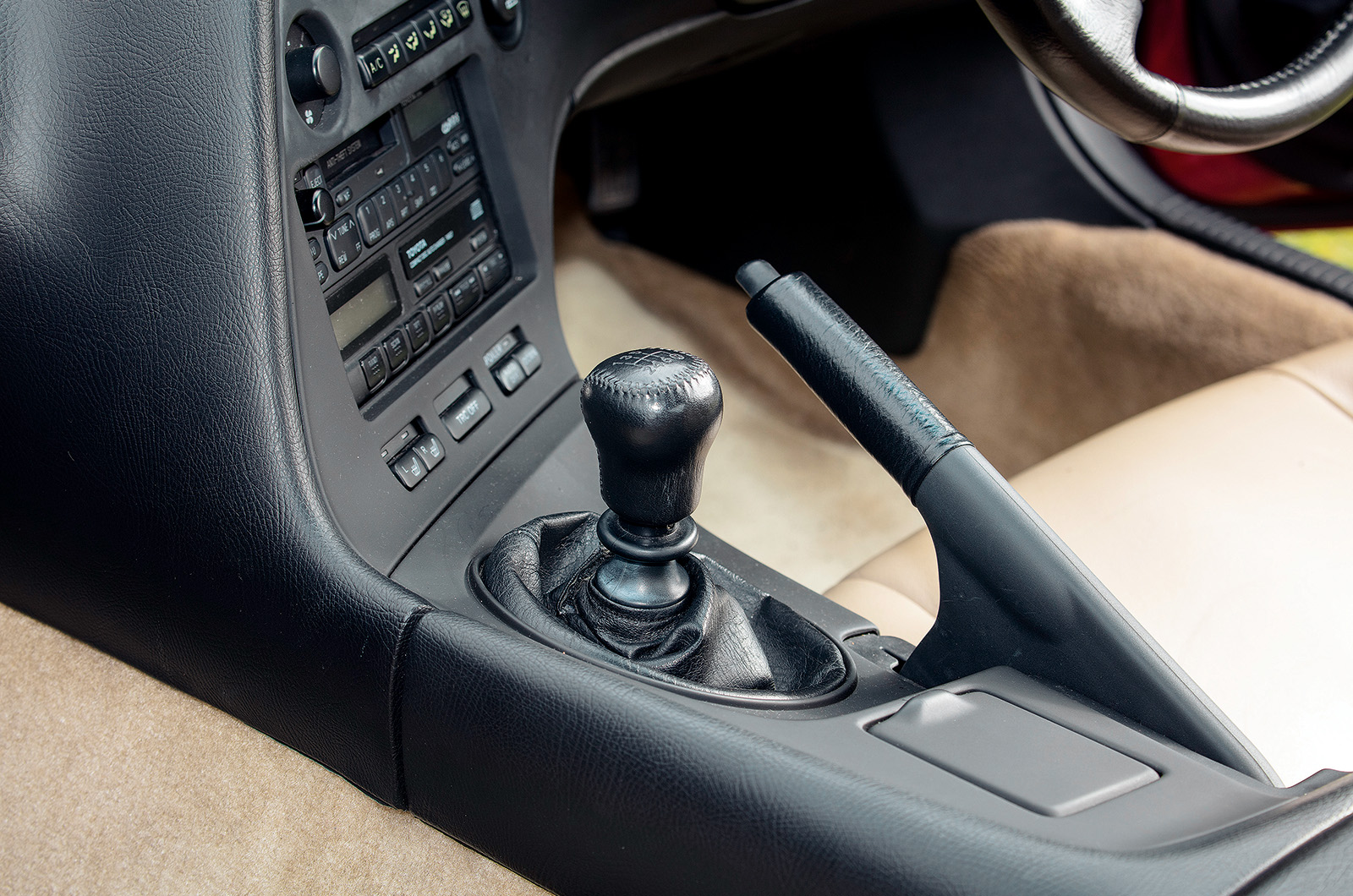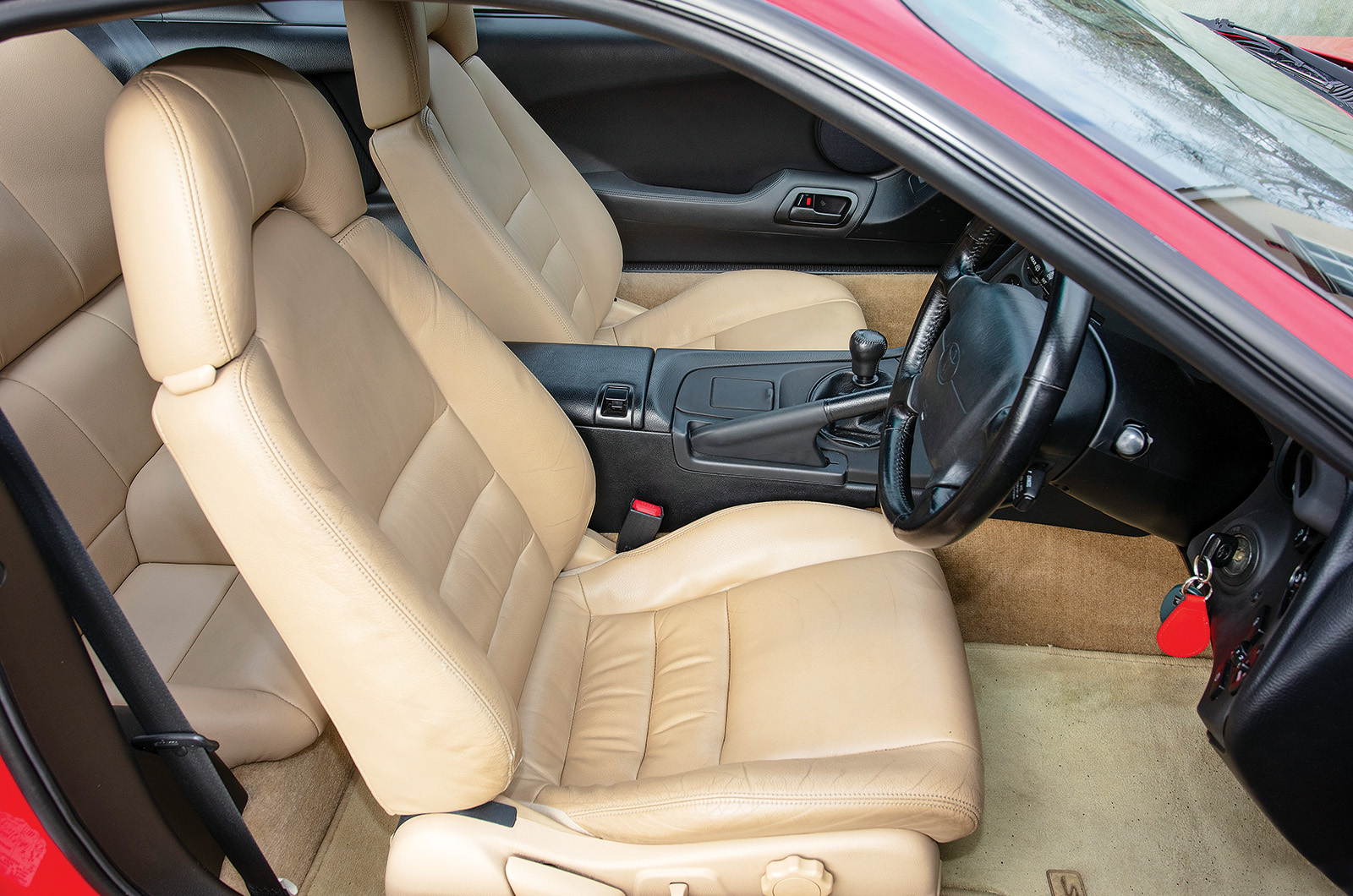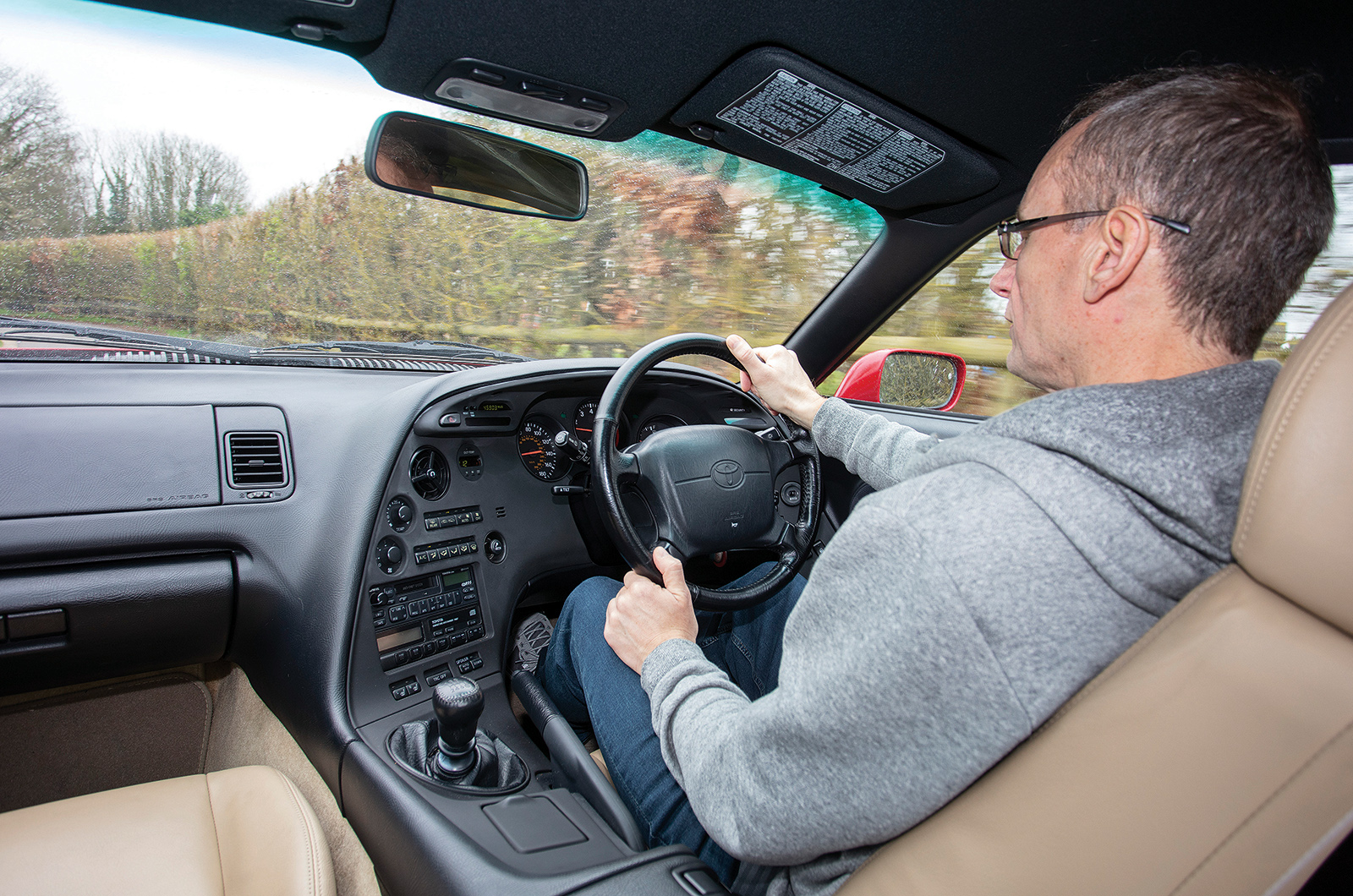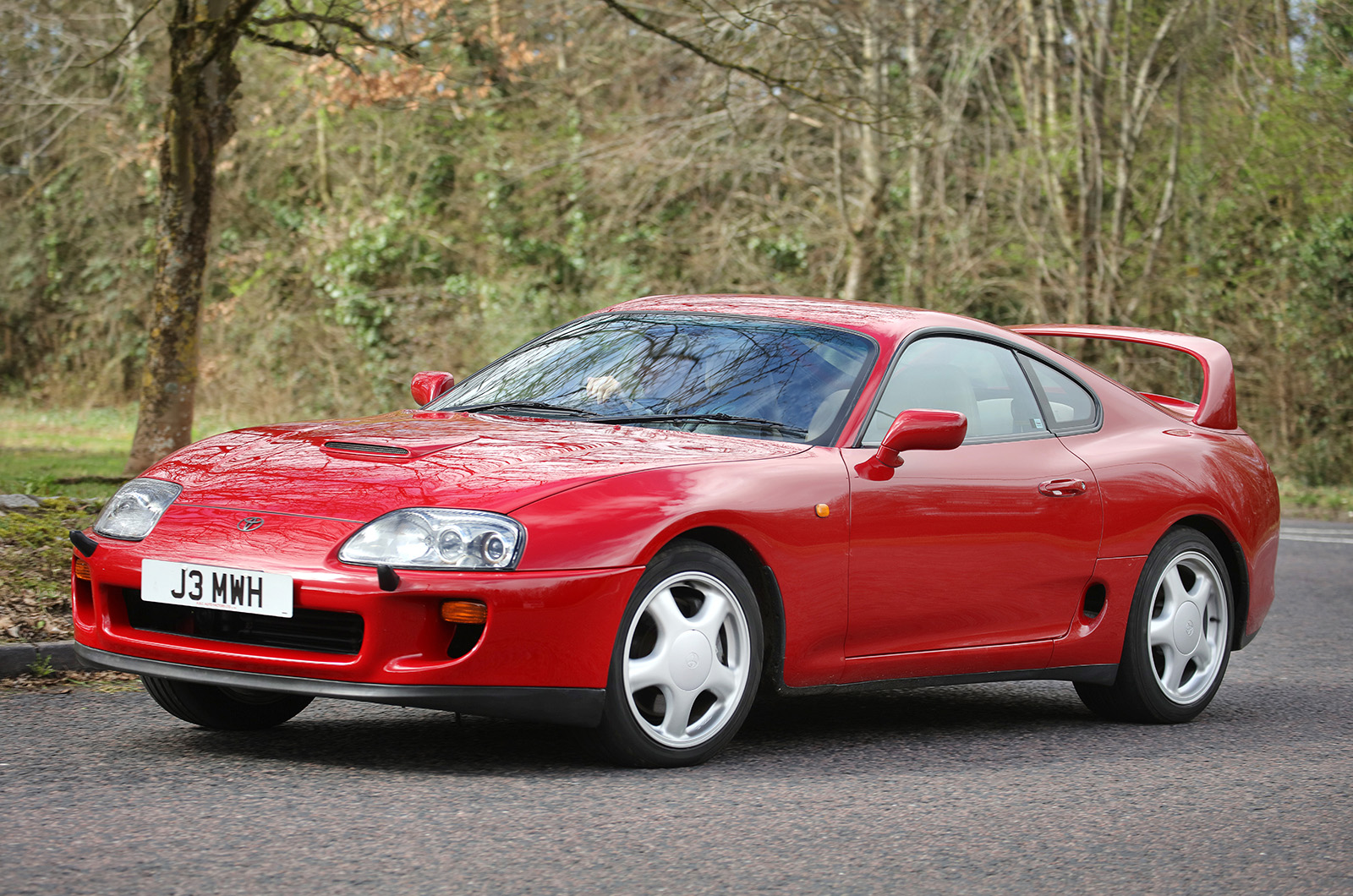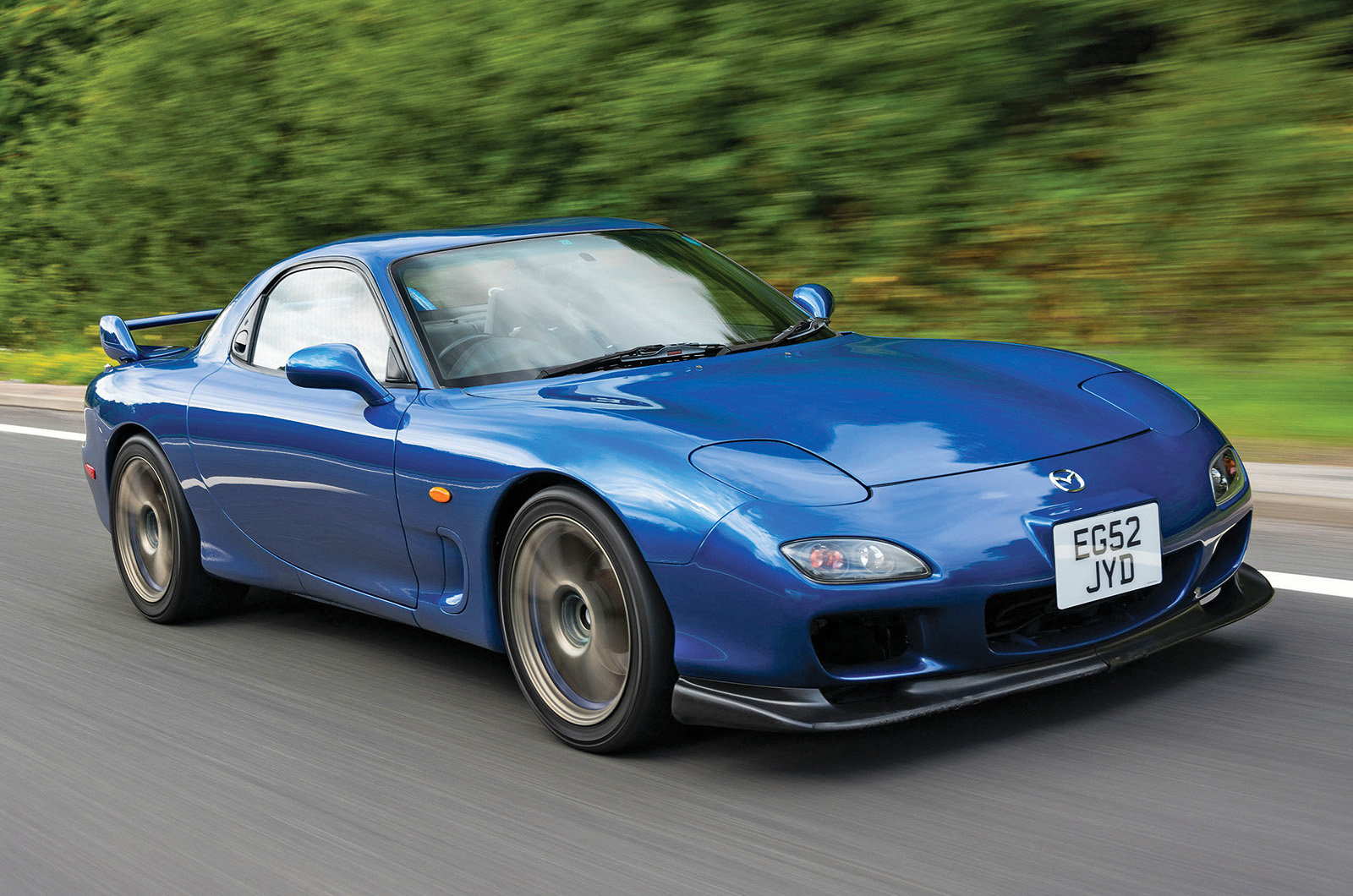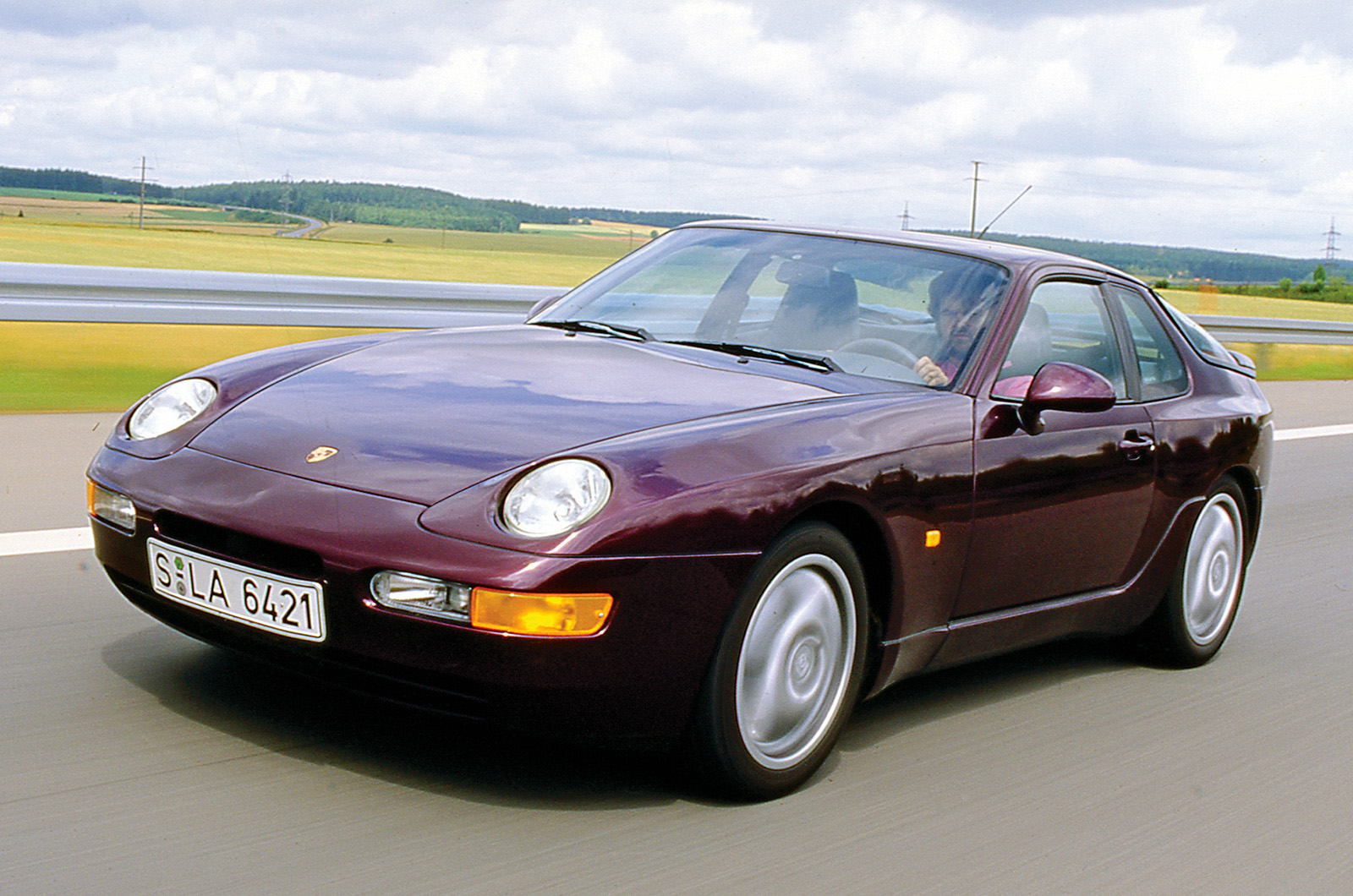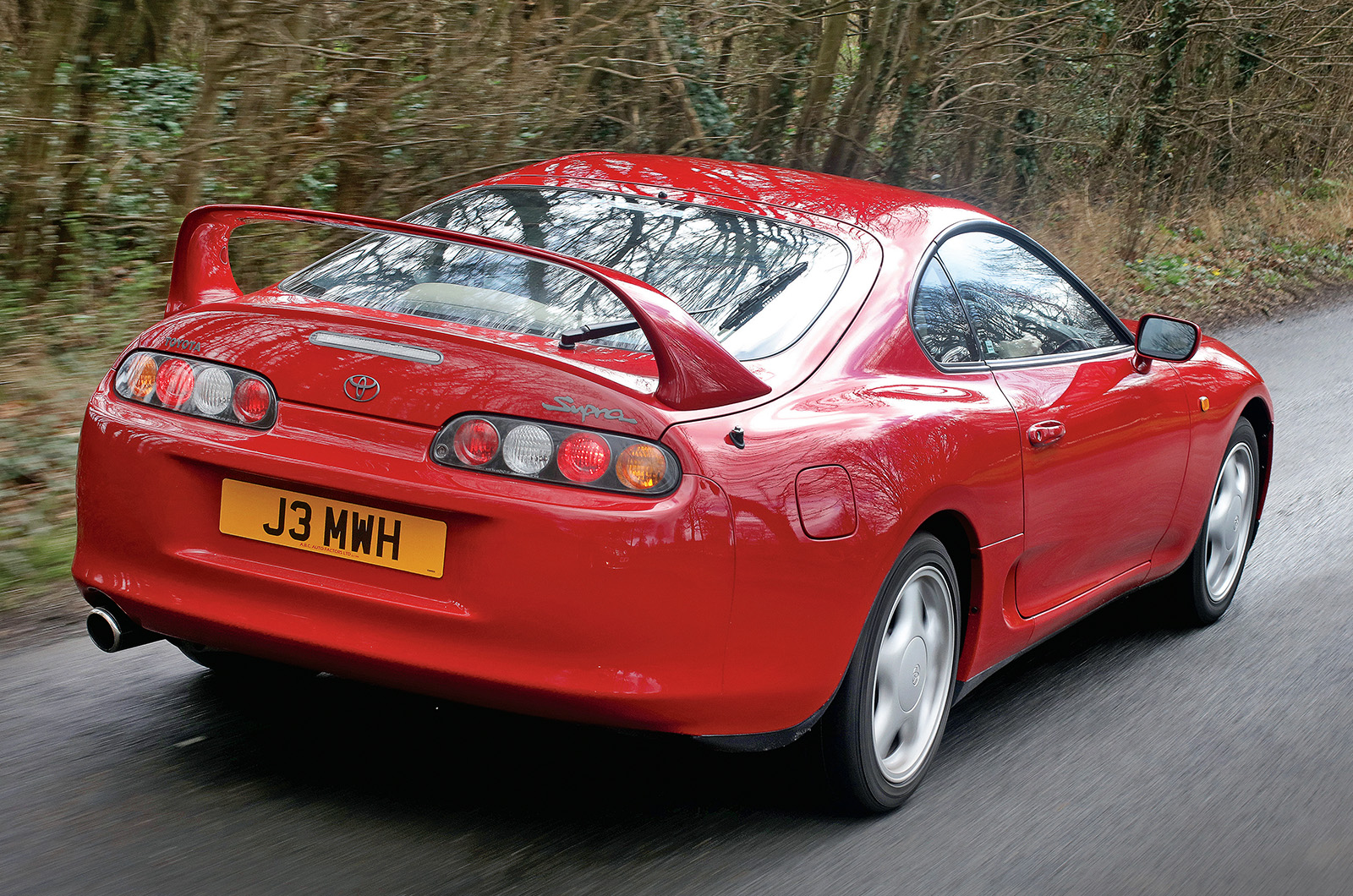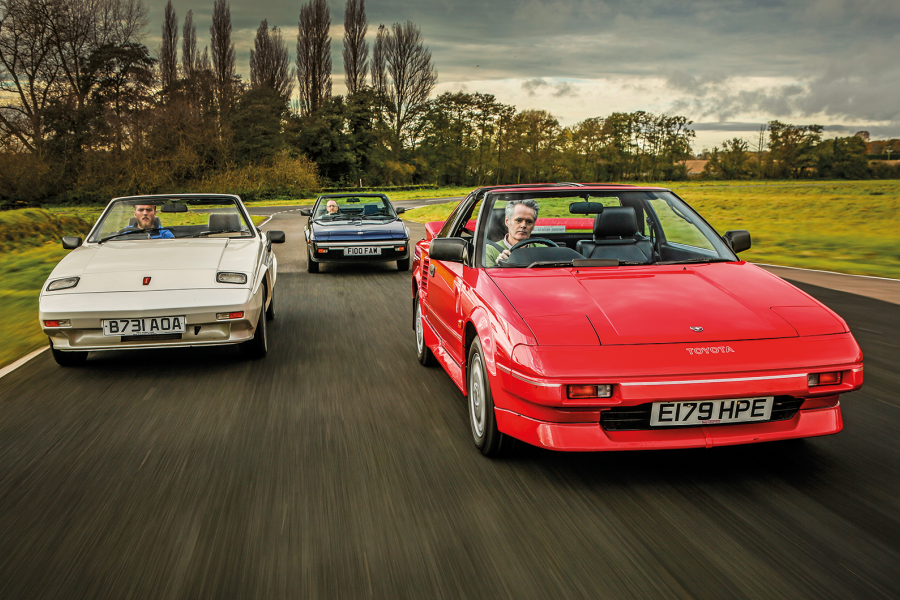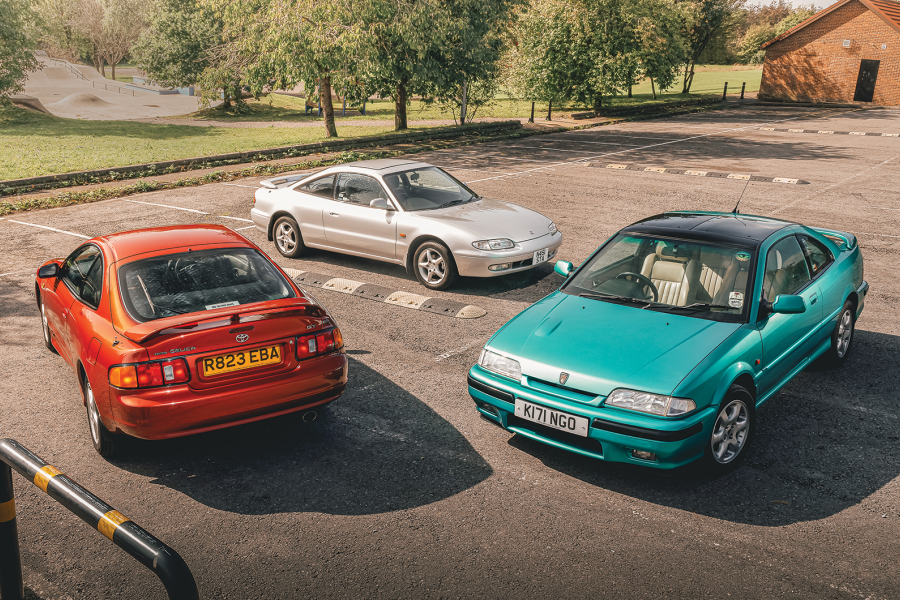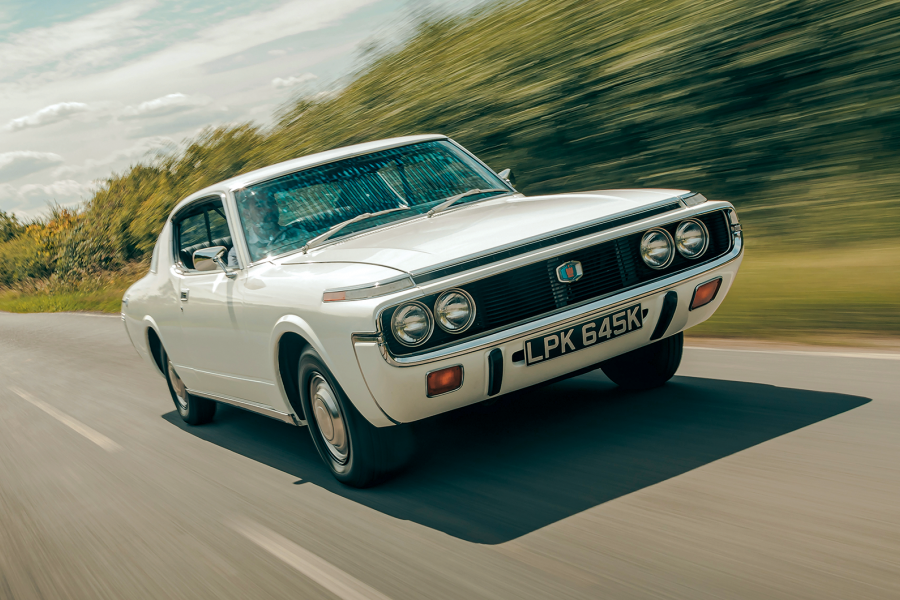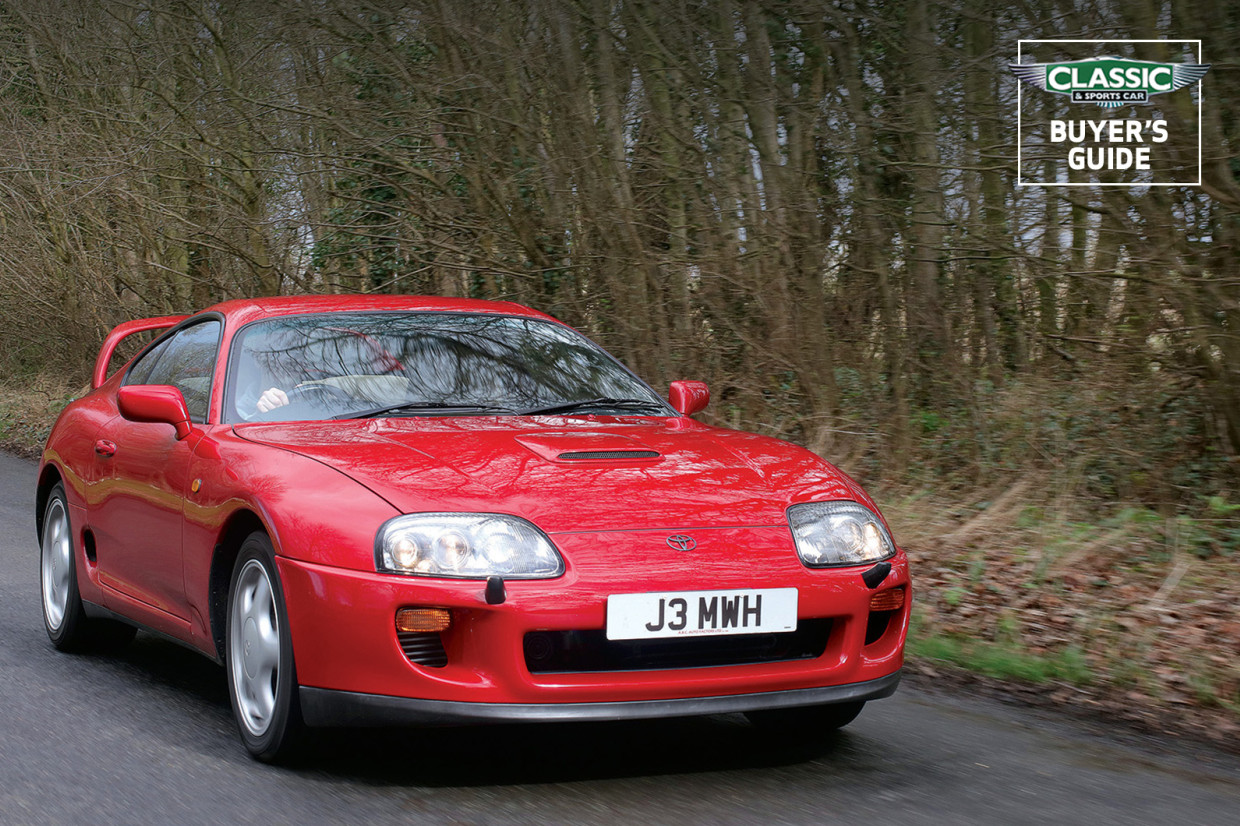
Why you’d want a Toyota Supra A80
With the Nissan 300ZX, Mitsubishi 3000GT and Mazdaʼs RX-7 joining the Japanese supercoupé market, Toyota knew it had to do something special.
It took its time to conceive ʻthe fastest point-to-point road car yetʼ, in the view of Autocarʼs testers.
It wasnʼt just the power, it was the stiffness of the shell and superb suspension engineering that left rivals trailing in the Supraʼs wake over mixed cross-country roads.
The Mk4 raised the bar so high it was bound to be exclusive, with just 250 a year for the UK compared to 3000 Mk3s.
Sequential twin turbos forced 326bhp out of the 3-litre ʻsixʼ, enough for c180mph with the 156mph restrictor removed.
Disappointments were a lack of power below 3000rpm, numb steering and poor ergonomics.
The rear seat and boot were small and, despite standard-setting handling and pace, Autocar found it bland.
Few buyers agreed, and they remain dream cars for many who grew up in the 1990s and 2000s.

All UK cars were twin-turbos, with six-speed manual or four-speed automatic transmissions, and standard leather trim, air-con, cruise and traction control.

